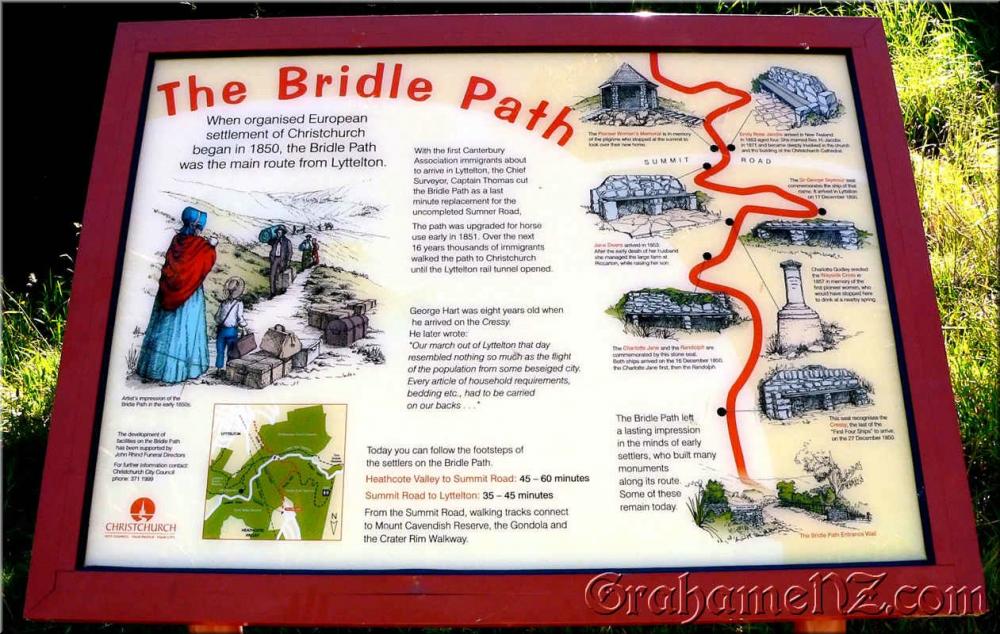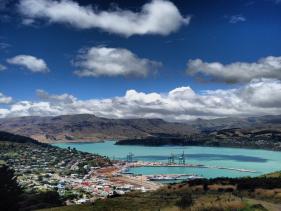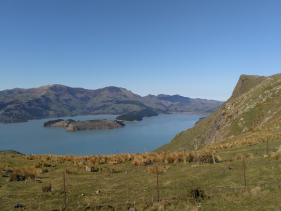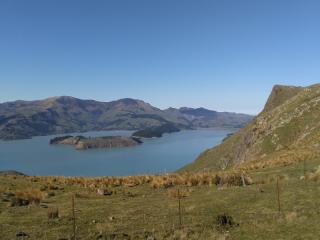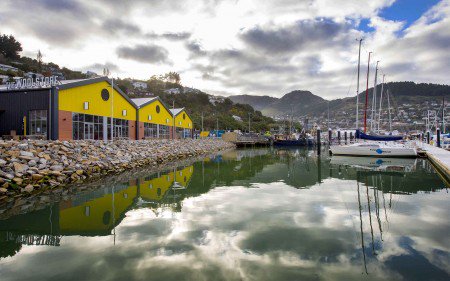Welcome to the beautiful town of Lyttelton Christchurch
A town on the steep sides of an extinct volcano looking over the port at Lyttelton Harbour. A short 20minute drive from the city centre of Christchurch via the road tunnel through the Port Hills.
Banks Peninsula is a volcanic island, built of lava from two craters situated in what are now upper reaches of Lyttelton and Akaroa harbours. Erosion and changes at the end of the last Ice Age resulted in the drowning of both craters.
The Port and town of Lyttelton are on the north shore of Lyttelton Harbour, a sea inlet in the north-west of Banks Peninsula on the coast of Canterbury in the South Island of New Zealand.
In 2009 Lyttelton was awarded Category I Historic Area status by the New Zealand Historic Places Trust (NZHPT) defined as an area of special or outstanding historical or cultural heritage significance or value.
Project Lyttelton is a non-profit grassroots organisation committed to building sustainable, connected Lyttelton community.
To contact 328 9243
History of Lyttelton
Lyttelton Harbour, called Te Whaka, or Te Whakaraupō (the harbour of bullrush reeds) by the Māori who lived in the area from around 800AD and Port Cooper by one of the European earliest visitors.
1770 16th February Banks Peninsula is first sighted by Europeans from the Endeavour during James Cook’s first voyage to New Zealand.
In 1850 around 700 settlers known as the Canterbury Pilgrims landed in Lyttelton as the pioneers of organised European settlement in Canterbury. They arrived in the first four ships from England.
- Charlotte Jane and the Randolph on 16th December 1850
- Sir George Seymour the next day and the Cressy on 27th December.
These settlers had to walk over the Bridle Path with their possessions to Christchurch. In September/October, 1850, the walkway was cut by Captain James Thomas just in time for the first settlers arrival.
This track was not suitable for carts so some would send their baggage and stores round by sea to Sumner, and then by boats up the Avon and Heathcote rivers.
In 1850 Lyttelton was a town of about 300 when the site of Christchurch was still bare plain, but Christchurch overtook it during the 1850s. The town’s role as the region’s port was assured with the opening of a rail tunnel in 1867.
Timeball Station was constructed in 1876 and from 1876 to 1934 a ball dropped from its mast on its stone tower, signalling the time to ships in Lyttelton Harbour.



